
- Baby Girl Names
- Temples Ayyappa Temples 16 Balaji Temples 40 Brahma Temples 1 Devi Temples 52 Durga Temples 21 Gayatri Temples 2 Kameswari Temples 0 Ganesh Temples 66 Hanuman Temples 47 Murugan Temples 15 Narasimha Swamy Temples 3 Navagraha Temples 12 Raghavendra Swamy temples 1 Saibaba Temples 25 Satyanarayana Swamy Temples 1 Shani Dev Temples 0 Shiva Temples 70 Jyotirlingas 1 Pancharama Kshetras 5 Sri Krishna Temples 35 Sri Rama Temples 27 Surya Temples 0 Swaminarayan Mandir 3 Vishnu 5 Yama Temples 0

Arupadai Veedu (அறுபடை வீடு) – The Six Abodes of Lord Murugan in Tamilnadu
On This Page
About Lord Murugan & Arupadaiveedu
Lord Muruga is a powerful deity and most of us are familiar with his six abodes but don’t know much about them.
The six major temples of Lord Murugan spread across Tamil Nadu, India. They are collectively known as the Arupadai veedu.
Pilgrims often visit all six temples in order and complete the tour in a single journey. It is considered a way of retracing Murugan’s steps and paying homage to him at each of his adobes.
Devotees believe that by visiting all six temples, they will be blessed with health, wealth, and happiness. The Arupadai Veedu are some of the most popular pilgrimage sites in the Temple state of Tamilnadu.
Each of the six temples has its own unique history and legend that is worth learning more about.
Our guide to the Arupadai veedu will introduce you to these amazing temples tour in order and help you plan a pilgrimage.
It includes in-depth information about each of the six temples, including directions on how to get there, what to see and do when you’re there, and where to stay.
Arupadai Veedu List in Order
The six abodes are located at Thiruparankundram, Tiruchendur, Palani, Swamimalai, Thiruthani, and Pazhamudircholai are at remote hilltops. At Tiruchendur, the massive temple is by the seaside.
1. Thiruparankundram
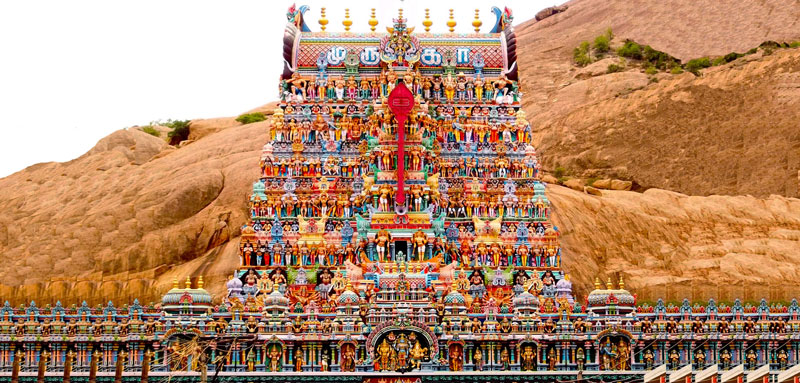
Importance : Lord Murugan’s Marriage
Lord Murugan Called : Arulmigu Subramaniya Swamy
District : Madurai
Arulmigu Subramaniya Swamy Temple in Thiruparankundram is the first temple of Arupadai Veedu . Lord Muruga is worshipped as Subramaniyan at this shrine on the outskirts of Madurai.
The temple is a cave temple on a hill that was built in the 8th century by a king named Maravarman Sundara Pandiyan.
The location is thought to be where Murugan married Deivayanai, the daughter of Lord Indra, as a thank you for Murugan’s victory over the demon king Surapadman.
2. Tiruchendur
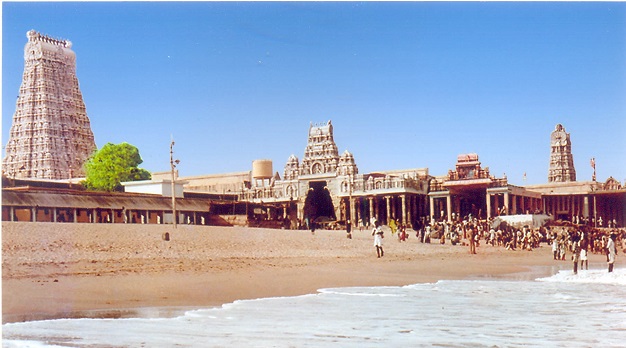
Importance : Destroying the asura Surapadman
Lord Murugan Called : Senthinathan
District : Thoothukudi (formerly Tuticorin)
The second Arupadaiveedu is the Thiruchendur Murugan temple. The shrine was built to honor Murugan’s victory over the demon king Surapadman. It is the only temple dedicated to Muruga which is located near a seashore, as the other five are in hilly regions.
According to legend, after the death of Surapadman, Lord Muruga wanted to thank his father Shiva, so the divine architect Mayan was summoned and the shrine was constructed. Muruga can be seen in the posture of praying to his father.
3. Palani (Pazhani)
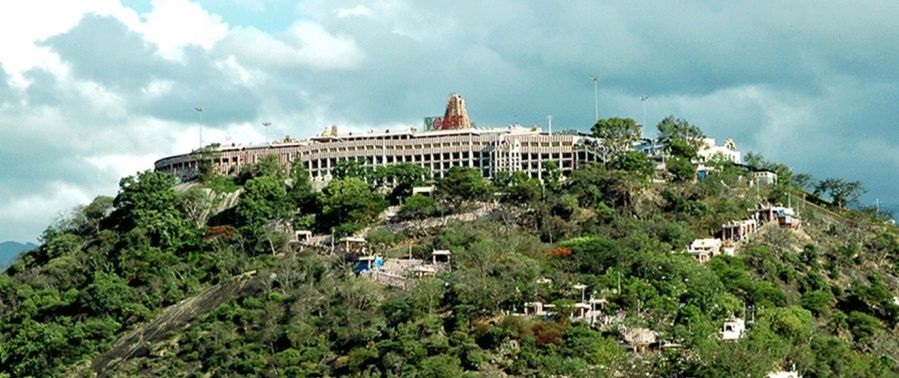
Importance : Lost the Gnana Pazham
Lord Murugan Called : Dhandayuthapani Swamy
District : Dindigul
Palani (Thiruaavinankudi) Murugan temple is the third Arupadai Veedu of 6 houses of Lord Murugan.
According to legend, Shiva decided to hold a competition between his two sons, Ganesha and Muruga, when Sage Narada visited Lord Shiva in his abode and presented him with a fruit known as the fruit of knowledge.
The fruit would be given to the one who arrives first after surrounding the globe. Muruga accepts the challenge and begins his journey around the world on his vahana, the peacock.
Whereas, Ganesha told Shiva that his parents are his world, and would walk around them. As a result, Ganesha was the winner, and Shiva bestowed the fruit upon him.
When Muruga returned, he came to know that his elder brother had already won the fruit, disappointed Muruga left the Kailash and stood atop the Palani Hills.
4. Swamimalai
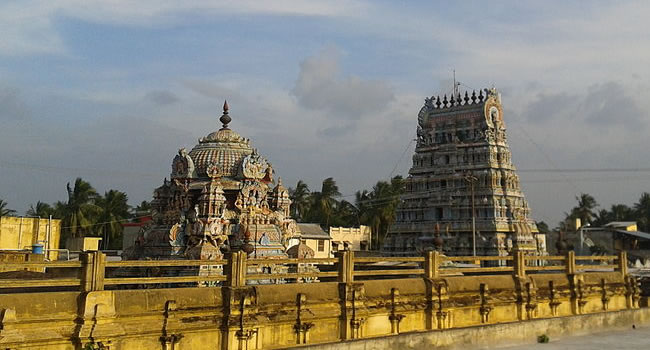
Importance : Preaching the Pranava Mantra “OM”
Lord Murugan Called : Balamurugan & Swaminatha Swami
District : Thanjavur
The fourth Arupadai Veedu is Swamimalai. It is also known as Swaminatha Swamy Temple and is located near the temple town of Kumbakonam.
The temple is regarded as the location where Muruga taught his father Shiva the meaning of the Pranava Mantra “OM”. As a result, the location is home to the one-of-a-kind form in which the son is the teacher and the father is the student.
Another distinction is that his vehicle, rather than the peacock in the sanctum, is an elephant; it is believed that the elephant is Airavatha, which was given to Muruga by Indra.
5. Tiruthani
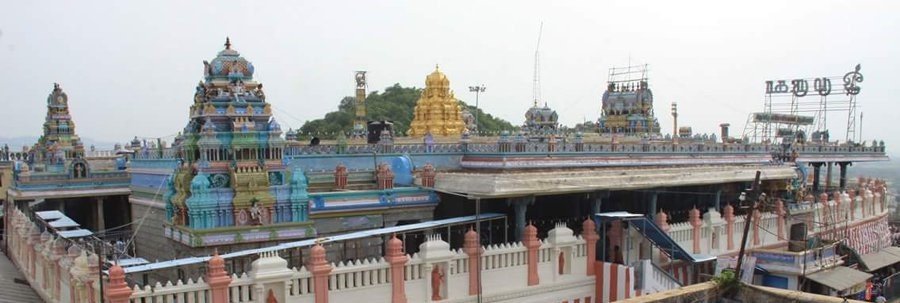
Importance : Marriage with Sri Valli
Lord Murugan Called : Sri Subrahmanya Swami
District : Tiruvallur
Many stories are associated with this temple.
According to a legend, Indra gave Muruga his daughter Devayani to marry and gave him his elephant Airavata as a gift. When Indra noticed that his wealth was shrinking after Airavata left, Muruga offered to return the elephant, but Indra refused and insisted that the elephant face his direction, so the image of the elephant in the temple also faces the east rather than the deity.
In another scripture, Muruga is said to have rested atop the hill to calm himself down after killing the demon king Surapadman at Thiruchendur. And he met Valli and fell in love with her then the marriage between Lord Murugan and Sri Valli took place in this temple.
6. Pazhamudircholai
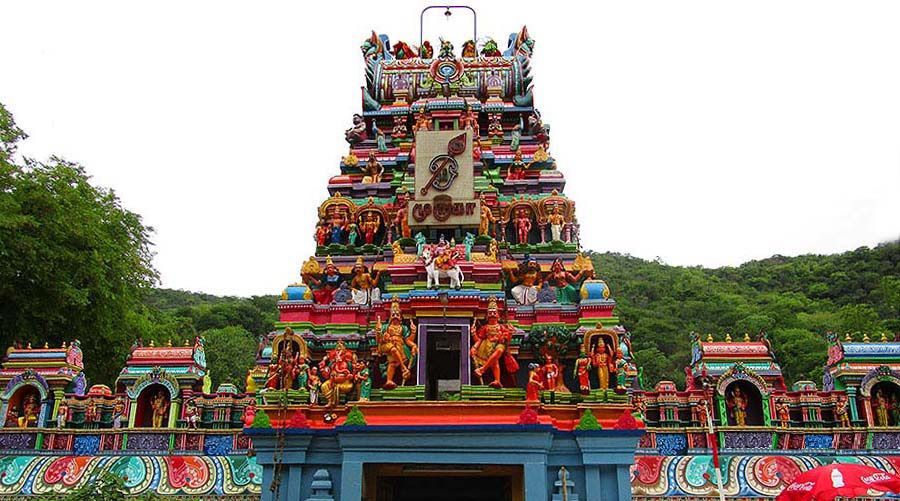
Importance : Darshan to devotees with both his consorts
Lord Murugan Called : Solaimalai Murugan & Kurinji Nilam Kizhavan
The Vel, Lord Muruga’s weapon, has been worshipped as the presiding deity in the shrine since time immemorial.
Lord Murugan is known as Kurinji Nilam Kizhavan in this temple, and he is accompanied by his consorts Valli and Devayani, the only temple among the six abodes where Murugan alongside his consorts blesses his devotees.
Arupadai Veedu List Infographic
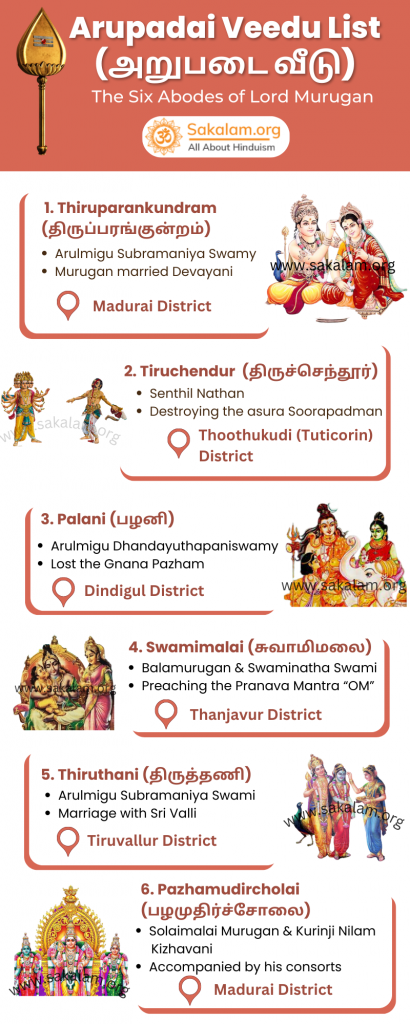
Arupadai Veedu Map
FAQs – Arupadai Veedu
What are the 6 houses of murugan.
The six abodes in the order are Thiruparankundram, Tiruchendur, Palani, Swamimalai, Thiruthani and Pazhamudircholai.

Why it is called Arupadaiveedu?
Arupadai Veedu is a Tamil word which means “Six war houses of the Lord Murugan”
Which day is special for Lord Murugan?
Vaikasi Visakam is dedicated to Lord Murugan as it marks the birth anniversary of the Muruga.
Sharing is caring:
- Click to share on Pinterest (Opens in new window)
- Click to share on Facebook (Opens in new window)
- Click to share on Twitter (Opens in new window)
- Click to share on WhatsApp (Opens in new window)
- Click to share on LinkedIn (Opens in new window)
- Click to share on Reddit (Opens in new window)
- Click to share on Telegram (Opens in new window)
4 responses to “Arupadai Veedu (அறுபடை வீடு) – The Six Abodes of Lord Murugan in Tamilnadu”
வணக்கம், Nice information with specialty of each Arupadai veedu Murugan temple and list.
Thank you very much sir. Glad to spread the Hinduism.
Nice & brief explanation about 6 house of lord murugan. ??
Thank you Sir.
Leave a Reply Cancel reply
This site uses Akismet to reduce spam. Learn how your comment data is processed .
Lord Murugan's Aarupadai Veedu
1. subramanya swamy temple at thiruparankunram .
Located on the outskirts of Madurai on a hillock where Lord Murugan married Indran's daughter Deivanai. This is the first of the Arupadaiveedu (armory house). Of the 6 Padai Veedu temples, this is the only temple where abishekam is performed for Vel instead of Lord Murugan. The Lord is praised by Saints Nakkeerar and Arunagirinathar.
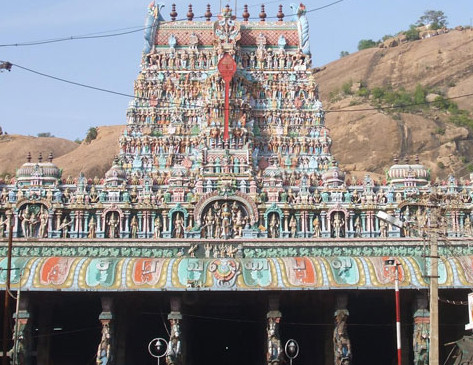
2. Subramanya Swamy Temple at Thiruchendur
Out of the Six Padai Veedu of Lord Murugan, Thiruchendur alone is situated in the seashore and the rest are all situated in hills. Where the Head (Commander-in-chief) goes for battle and stays with his army is called "Padai Veedu". Hence, Thiruchendur is the only place where Lord Murugan with his army stayed, when he went to destroy Demon Soorapadman. The temple commemorates the event, "Soorasamharam" in a grand manner every year.
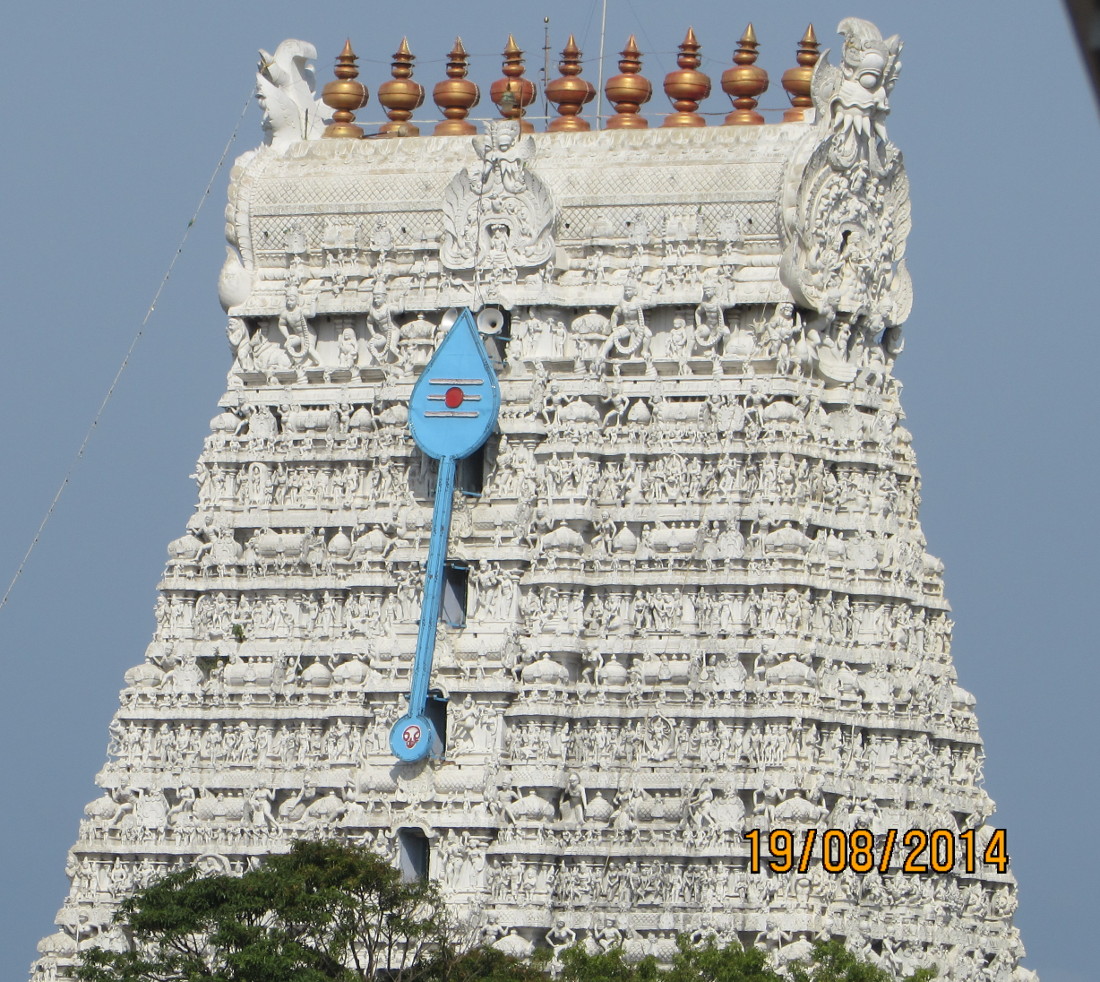
3. Dandayuthapani Swamy Temple at Pazhani
Pazhani (Palani) is situated in Dindigul District, on the Palani hill bottom (Malai Adivaram) called Thiruaavinankudi, where the temple deity is known as "Kuzhanthai Velayuthaswami". Palani also has the scriptural name as Pothigai.
The legend is that this lord was worshipped by Goddess Lakshmi ('Thiru' in Tamil), the sacred cow Kamadhenu ('Aa' in Tamil), the sun God Suryan ('Inan' in Tamil), the earth goddess ('ku' in Tamil), and the fire god Agni ('Di' in Tamil), hence the place called "Thiruaavinankudi".
The hill top temple has 690 steps where "Dhandayuthapani" is the main deity, in a meditating state, carrying a staff ('danda') as weapon ('ayutha') in his hands ('pani'). Here, the main deity is made out of Navabashanam and was created and established by Siddhar Bhogar.
Great Tamil poet Avvaiyar, known not only for her poetic excellence but also for wisdom, called Murugan "Pazham Nee" so the place came to be known as Pazhani.
This is the place where Murugan resided after his feud with his family over a divine fruit.

4. Swaminatha Swamy Temple at Swamimalai
5 kms away from Kumbakonam, the temple is built on an artificial hill. There are 60 steps to reach the hill temple representing the 60 Tamil Years. The temple commemorates the incident where Murugan explained the essence of the pranava mantram "Om" to his father Lord Shiva. Swamimalai is the 4 th Padiaveedu of Lord Murugan. As the Lord was a Guru to his father Lord Shiva, the place is revered as Gurumalai and Swamimalai.
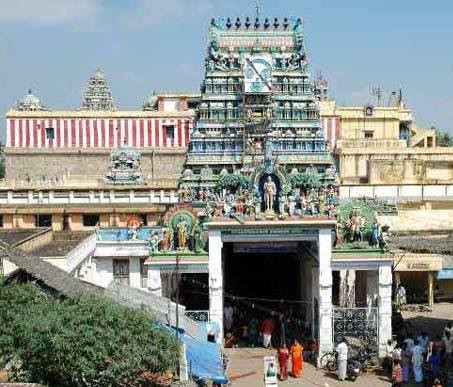
5. Subramanya Swamy Temple at Thiruthani
75 kms from Chennai, Murugan reclaimed his inner peace after waging a war with Demon Soorapadman. The hill temple has 365 steps representing the days of a year Lord Murugan met Valli near to this place and married her in this place. The place was called Thiruthanigai earlier and the name now changed as Thiruthani.
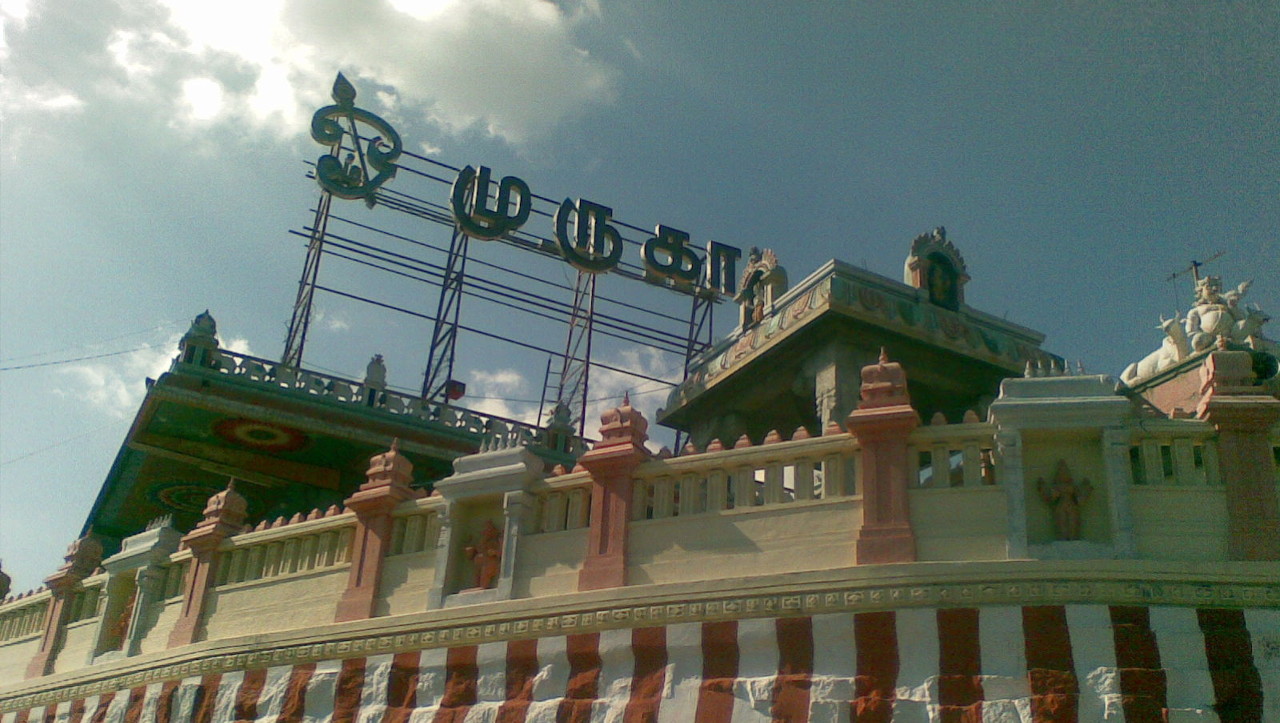
6. Subramanya Swamy Temple at Pazhamudircholai
20 kms from Madurai and located on Solaimalai hill with a holy stream nearby called "Nupura Gangai". Out of the six Arupadai Veedu temples, this is the only place where he graces the devotees with his consorts Valli and Deivanai.
Also, this is the historical place where the Lord played with the great Tamil poetess Avvaiyar asking her what fruit she wished, cooked or uncooked – Sutta Pazham or Sudadha Pazham.
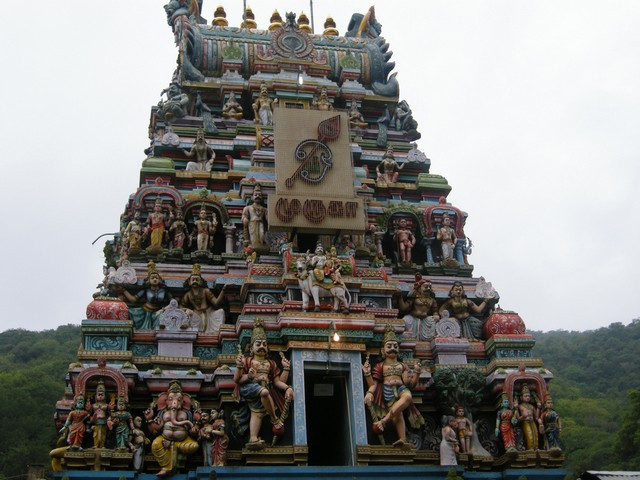
Read more about -
276 Devara Paadal Petra Sthalam
12 Jyothirlingam Shiva temples
Famous Navagraha Temples
51 Shakti Peethas Temples
Get the latest updates directly in your email inbox.
Get the legends, stories and information about Devara Paadal Petra Shiva temples delivered to your email inbox each time we share something new.

IMAGES
VIDEO